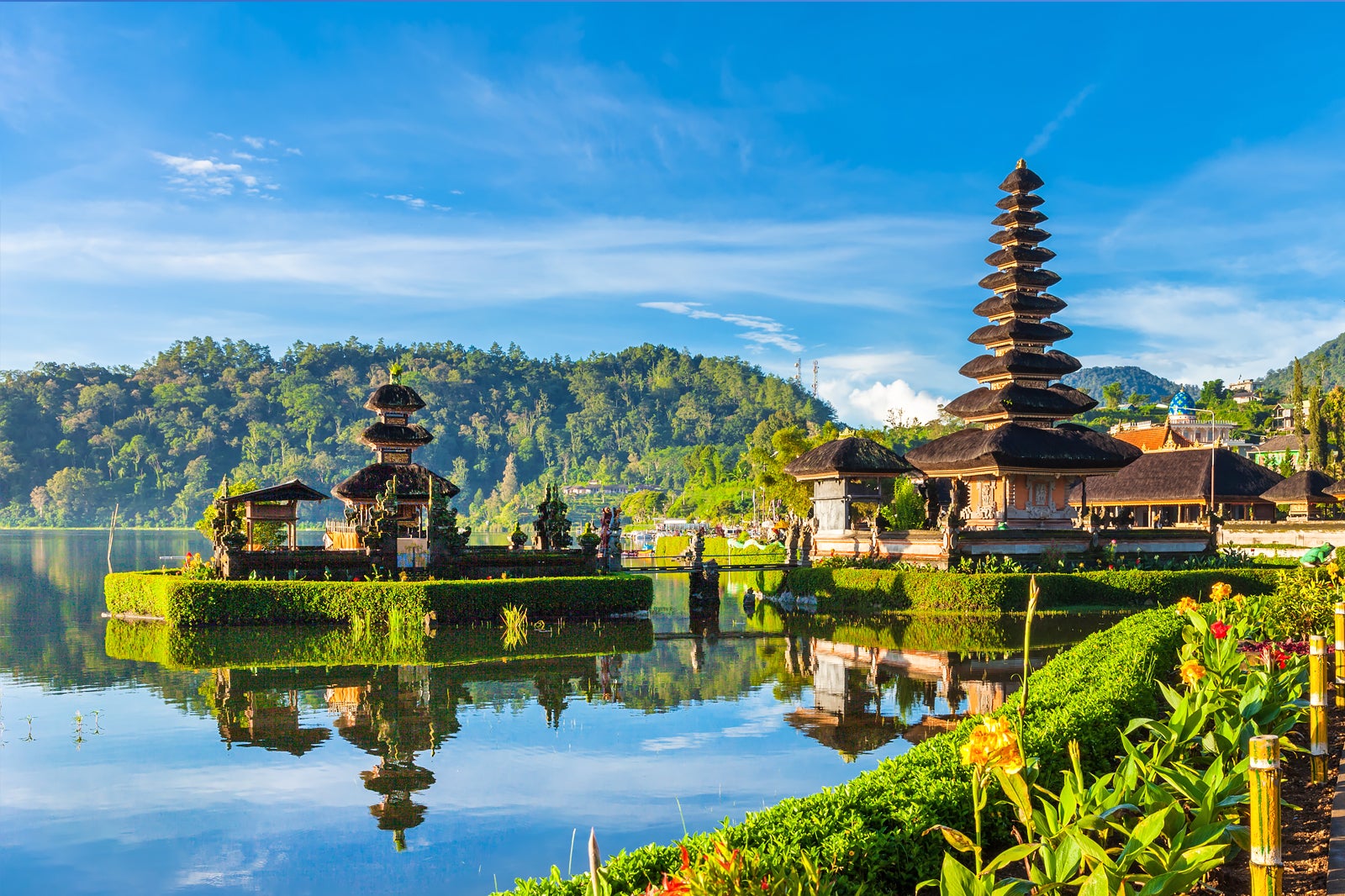Bali is a stunning island in Indonesia that boasts of a plethora of natural beauty, cultural attractions, and historic sites. However, Bali is also interesting because of its seasonal attractions that make it a perennial favorite among tourists. Regardless of whether you visit Bali in the wet or dry season, this tropical paradise island promises to offer something unique and unforgettable. Let’s take a closer look at Bali’s seasonal attractions and what you can expect throughout the year.
Dry Season Attractions: April to October
Bali is known for its endless sunny days and balmy weather between the months of April to October. This period is the perfect time to explore the island’s outdoor activities and nature experiences that would otherwise cause discomfort in the wet season. The clear skies and calm waters of the dry season provide a perfect environment for snorkeling, diving, and swimming at the island’s numerous beaches. You can visit popular beaches like Seminyak or quieter ones like Lovina and Amed for a perfect day out.
In the dry season, you can also hike up some of Bali’s hills and mountains to enjoy stunning views of the island from above. Bali’s volcanoes, including Mount Agung and Mount Batur, offer great hiking opportunities. You can also take advantage of the dry season to visit Bali’s famous rice terraces and vibrant green landscapes. These sites include Jatiluwih and Tegalalang, which offer impressive views of the island’s natural beauty.
Wet Season Attractions: November to March
The wet season in Bali falls between November and March, and while it may not be the ideal time to tan on the beach or take long hikes, it offers an unimaginable atmosphere and thrill. The wet season in Bali is a transitional period of refreshing showers, lush greenery, and peace that the dry season can not offer. This season offers an opportunity to discover Bali’s cultural and religious side through numerous festivities that dot the calendar.
One such festival that characterizes Bali during the wet season is Nyepi Day, which is also known as Bali’s “Day of Silence”. This Hindu festival is marked by a day of fasting, self-reflection, purification, and meditation. During this time, the whole island is transformed into a peaceful and silent sanctuary free of noise, vehicles, and even lights.
Other typical festivals to watch out for in the wet season are the Galungan festival and the Kuningan ceremony, which celebrate the victory of good over evil. During these festivals, Bali comes alive with colorful decorations, street processions, and traditional offerings around temples.
In Conclusion
Bali is a destination that guarantees an array of experiences and attractions all year round. Whether you choose to visit during the rainy, wet season or the dry, sun-soaked months, there is never a dull moment on this island paradise. The wet season presents opportunities to explore Bali’s cultural heritage, while the dry season provides the ideal conditions for outdoor activities and immersing in the natural beauty of the island. No matter when you visit, Bali is a perfect destination that shouldn’t be missed.
